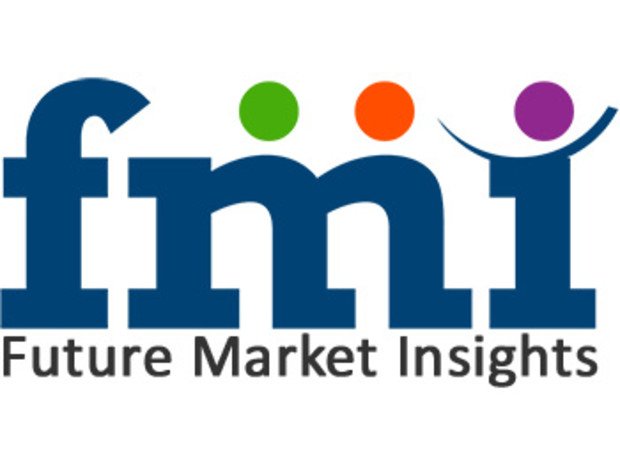Rapidly increasing demand from building and construction coupled with automotive industries in Asia-Pacific acts as an important growth driver for industrial rubber market during the forecast period. Asia-pacific holds comparatively higher number of automotive manufacturing plants across the globe and has been witnessing significant rise in infrastructural developments.
Automotive market is anticipated to take the lead in industrial rubber market over the forecast period owing to rapid growth in automotive and automobile component production in emerging nations such as South Korea, China and India along with other South-Asian countries. China is witnessed as the major contributor in Asia-Pacific industrial rubber market. Furthermore, growing industrial production capabilities in China as well as rising investments in automotive industry of Indonesia, Thailand and India have been projected to drive the growth of Asia-Pacific industrial rubber market. Constant increase in tire production companies in Asia-Pacific is expected to further support the growth of industrial rubber market in the region.
Industrial equipment and machinery sector is likely to generate extensive incremental opportunity for industrial rubber market in the near future owing to rising usage of the industrial rubber in the conveyor belts. Industrial rubber products is likely to gain significant traction across construction and agriculture machinery as well.
Get a Free Sample Copy of the Report: https://www.futuremarketinsights.com/reports/sample/rep-gb-751
Industrial Rubber Market: Region-wise Outlook
The global industrial rubber market is expected to register a double-digit CAGR for the forecast period. Depending on geographic regions, global industrial rubber market is segmented into seven key regions: North America, South America, Eastern Europe, Western Europe, Asia Pacific, Japan, and Middle East & Africa. As of 2015, North America dominated the global industrial rubber market in terms of market revenue followed by Europe. Asia Pacific & Japan are projected to expand at a substantial growth and will contribute to the global industrial rubber market value exhibiting a robust CAGR during the forecast period, 2015?2025.
Industrial Rubber Market: Key Players
Some of the key market participants in global industrial rubber market are Goodyear Tire and Rubber Company, Greenville Industrial Rubber & Gasket Co, Industrial Rubber & Gasket Inc, Continental AG, Bridgestone Corp, Yokohama Rubber Company Ltd, Toyo Tire and Rubber Co. Ltd.
The research report presents a comprehensive assessment of the market and contains thoughtful insights, facts, historical data, and statistically supported and industry-validated market data. It also contains projections using a suitable set of assumptions and methodologies. The research report provides analysis and information according to categories such as market segments, geographies, types and applications.
Request Brochure of Report: https://www.futuremarketinsights.com/reports/brochure/rep-gb-751
Industrial Rubber Market: Segmentation
The global industrial rubber market is broadly classified on the basis of product type, market and geographies.
Based on product type, the global industrial rubber market is segmented into:
- Gaskets
- Hoses
- Conveyor belts
- Sealing products
- Footwear
- Construction
- Manufacturing
- Aerospace
- Automotive
- North America (U.S., Canada)
- Latin America (Mexico. Brazil)
- Western Europe (Germany, Italy, France, U.K, Spain, Nordic countries, Belgium, Netherlands, Luxembourg)
- Eastern Europe (Poland, Russia)
- Asia Pacific (China, India, ASEAN, Australia & New Zealand)
- Japan
- Middle East and Africa (GCC, S. Africa, N. Africa)
Feel free to ask your queries at https://www.futuremarketinsights.com/ask-question/rep-gb-751
The report is a compilation of first-hand information, qualitative and quantitative assessment by industry analysts, inputs from industry experts and industry participants across the value chain. The report provides in-depth analysis of parent market trends, macro-economic indicators and governing factors along with market attractiveness as per segments. The report also maps the qualitative impact of various market factors on market segments and geographies.

